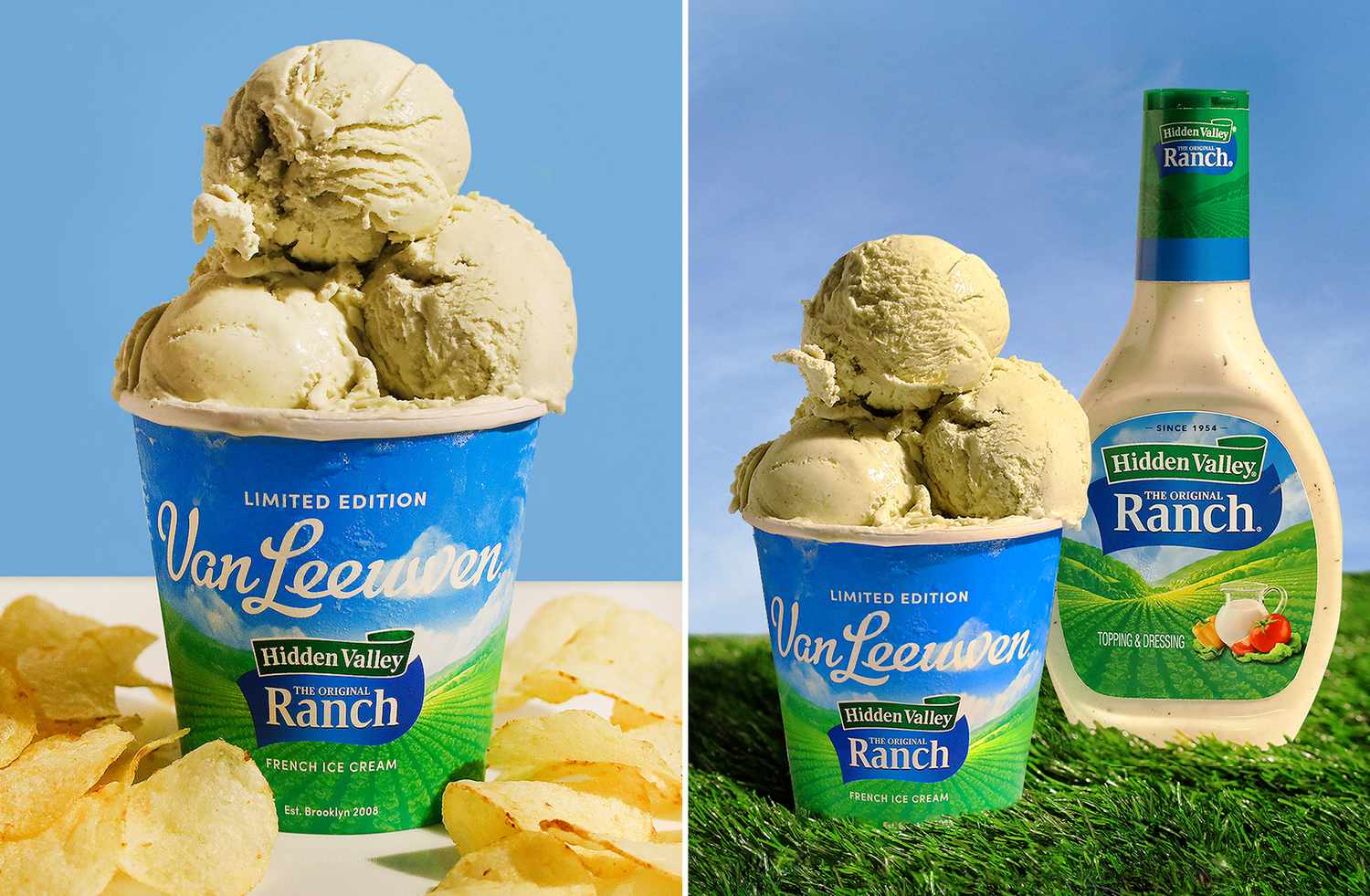In the past year, novelty and shock-value marketing has ramped up to include a wide range of brands and product offerings from cheese-scented nail polish to car-sized shoes (or sneakers for those of us on the East Coast). For women’s history month, Miller Lite recently took older sexist beer ads and began converting them to compost. The end product was donated to female hop farmers to send more hops to female brewers. While some of these campaigns have seen lasting consumer response and/or have aligned with the values of the brands behind them, others have seen a more tepid response.
Some shock-value marketing relies on a seemingly odd-pairing of an influencer and a product like a recent spot featuring Martha Stewart promoting Tito’s Vodka. “Tito’s’ partnership with Martha Stewart exemplifies how brands must invest in relationships with niche subcultures and fandoms to create connection, belonging, and affinity,” Said Morgan Hitz, Senior Brand Strategist at Brownstein. “Many know Martha for her bourgeois lifestyle and generous liquor pours, and while the Austin, TX-based vodka brand may not embody the lifestyle that is cashmere crewnecks and caviar, an appreciation for quality liquor lives at the center of the Venn diagram between the two, giving vodka drinkers something to connect and relate to, whether they partake in Dry January or not.
Other attempts at novel products marketed to consumers capture headlines, but fall flat in making meaningful differences for brands. “If you’re thoughtful and strategic about these campaigns, they can be effective, but without a strong tie-in behind it, it can feel shallow, and consumers pick up on that,” said Meagan Sloan, VP of Red Thread PR. A good example of this was the ‘Reese’s Pie’ a dinner plate-sized novelty Reese’s peanut butter cup that debuted just before Thanksgiving. While the product sold out almost instantly and received coverage by notable outlets, the pie was produced in very low quantities and quickly fell out of the public consciousness. It’s unlikely that the novelty item moved the needle for Reese’s brand.
No campaign succeeds on one singular element, so brands must understand that an unexpected product, event or partnership needs to have other layers built into it. “You don’t have to put the kitchen sink of all extensions into these shock-value campaigns, but it’s important to consider the different tools that can complement these tactics,” said Meagan Sloan. “If it’s a geographically limited event, you can maximize impact with earned media or influencers. In other cases, paid strategies can be key to getting the best result.”
Novelty marketing, when executed on properly, may be a useful tactic for reaching new audiences, but may not be appropriate across all industries. Brands most likely to succeed with these tactics are generally more consumer-facing. While Some B2B brands can shock their audiences, those industries that require very high trust like finance or insurance, are less likely to see a meaningful positive impact on their brand.

While brands will likely continue to produce limited-time ice cream flavors like Mac and Cheese (Kraft), Mustard (Grey Poupon) and Ranch (Hidden Valley), ensuring that the campaign leads to palpable effects of sentiment and conversion requires more than just a shocking idea. Only the brands that deftly plan, execute and extend shock-value marketing are likely to get the most out of it.